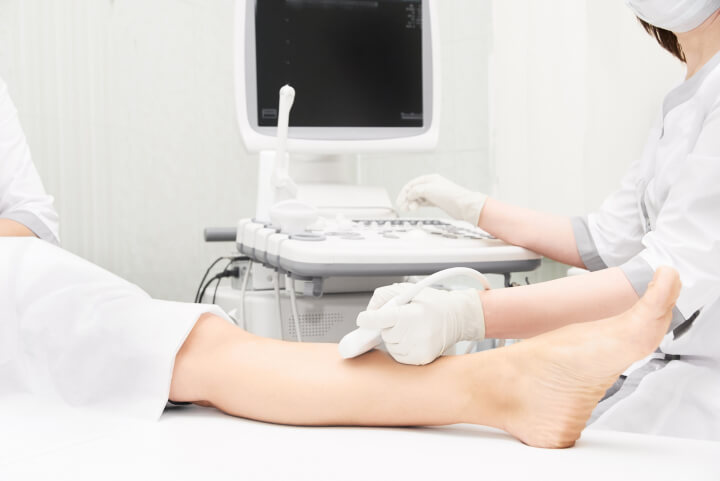Varicose veins are often regarded as a cosmetic issue. However, some doctors suggest that there could be more to this unsightly appearance of visible veins on the surface of the skin. This skin condition occurs due to the changes in blood pressure in the vessels, so there are possible health risks and complications such as stroke that could happen when they’re left untreated.
So how are varicose veins related to the increased risk of stroke? One possible complication of varicose veins is blood clots. When blood clots in the legs travel to the brain blood vessels, it can cause arterial complications and possibly lead to symptoms of stroke. While the chances of a stroke happening due to varicose veins are slim, it’s still recommended to get proper vein treatments to prevent a brain attack.
Learn More: Varicose Veins and Diabetes: How Are They Related?
Varicose veins and stroke have one similarity: they’re both related to poor blood circulation due to weakened valves or damaged blood vessels. Stroke is a disease that occurs when the flow of blood and oxygen supply to the heart or brain is disrupted.
On the other hand, a venous disease like varicose veins is primarily caused by the pooling of blood inside the veins as a result of faulty vessels. The broken blood vessels usually result in the formation of swollen veins that are commonly found on the legs, ankles, and feet. However, blood clots also have a possibility of developing due to increased blood pressure.
The formation of blood clots can cause serious varicose vein complications, some of which can be related to stroke. Here are the common conditions that can lead to a stroke:
| Deep Vein Thrombosis | Pulmonary embolism | Peripheral artery disease | |
| What causes them | DVT can happen when a blood clot forms in the deeper veins. It usually happens in the lower legs and thighs. | A pulmonary embolism is a condition when blood clots block the arteries in the lungs. | PAD is a disease caused by the narrowing of the arteries in the lower body. This can cause the arteries to burst and lead to a potentially dangerous blood clot. |
| Symptoms | Deep venous thrombosis can occasionally cause swelling and leg pain. | Symptoms of pulmonary embolism such as shortness of breath, chest pain, and dizziness will typically require immediate medical care | Common symptoms include leg weakness and numbness, pain, and cramps |
| How serious is the condition | DVT cannot directly cause a stroke but it’s possible when a blood clot breaks free in the deep veins and travels to the arteries in the brain | Pulmonary embolism is often a serious medical condition and can increase the risk for a stroke or heart attack | Immediate medical attention may be required once blood clots reach the brain blood vessels |
A stroke attack can typically happen in 3 ways:
Since blood clots and stroke are both vascular diseases, their symptoms can sometimes overlap. Some of the common signs of clotting and stroke that may need careful monitoring are:
Severe varicose veins are just one of the possible risk factors for stroke. An individual’s lifestyle and medical history can also contribute to the possibility of having a brain attack. Some other factors that can also cause stroke are:
When it comes to venous disorders, there are 2 types that can similarly appear as vein discolorations on the skin. While varicose veins can be distinguished as enlarged or bulging veins, spider veins are small superficial veins that commonly show on the face and legs, which are almost always painless.
They’re both mainly caused by broken blood vessels, but there are other factors that can increase your risk for spider and varicose veins like:
Learn More: What Is a Healthy Diet for Varicose Veins?
As with any health condition, varicose veins and stroke risk can be prevented by observing healthy lifestyle choices to promote good blood flow and vein health. Here are some guidelines for care to lower your risk for vascular disease:

Stroke risk can be a potential complication of blood clots that form when varicose veins are left untreated. At Vein Center Doctor, we provide minimally invasive treatment options to immediately address early signs of varicose veins to restore good vein health.
We offer non-surgical vein procedures such as sclerotherapy injections, laser treatment, VenaSeal, radiofrequency ablation, and endovenous laser ablation. Know more about our services or schedule a consultation with one of our expert vein specialists by getting in touch with us today.
Most Insurance is accepted for treatment